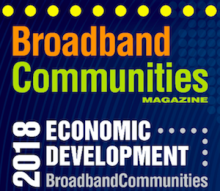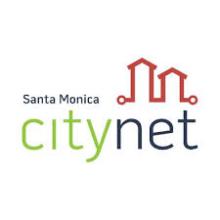Governor Signs Bill Eliminating Restrictions for Rural Community Broadband
While major media outlets cover news about California Governor Jerry Brown’s decision to sign the state’s network neutrality bill, we’re high-fiving his signature on AB 1999. On September 30th, Gov. Brown approved the bill that removes state restrictions limiting publicly owned options for rural Internet access. The change signifies what we hope to see more of - state action empowering local communities set on improving local connectivity.
We’ve been following the development of the bill, introduced by Assembly Member Ed Chau, since early this year when it began to make its way through committee. Christopher went to California in May to testify in support of the bill at a hearing of the Assembly Communications and Conveyance Committee.
Easing the Way for Rural Communities
AB 1999 focuses on the responsibilities and authority of community service districts (CSDs), created to provide necessary services. CSDs are independent local governments usually formed by residents in unincorporated areas for the purpose of providing the kinds of services city-dwellers often take for granted: water and wastewater management, trash collection, fire protection, etc. In keeping with the ability to raise funds for these services, CSDs have the authority to create enhanced infrastructure financing districts (EIFDs). CSDs are allowed to use EIFDs to fund development of Internet access infrastructure in the same way they would sewer infrastructure, or convert overhead utilities to underground, or other projects that deal with infrastructure and are in the public interest.
Prior to the adoption of AB 1999, however, a CSD would first have to engage in a process to determine that no person or entity was willing to provide Internet access before the CSD could offer it to premises. Additionally, if a private sector entity came along after the infrastructure was deployed and expressed a willingness to do so, the CSD had no choice by law but to sell or lease the infrastructure they had developed rather than operate it themselves.
With the passage of AB 1999, CSDs no longer need to adhere to those strict requirements.









